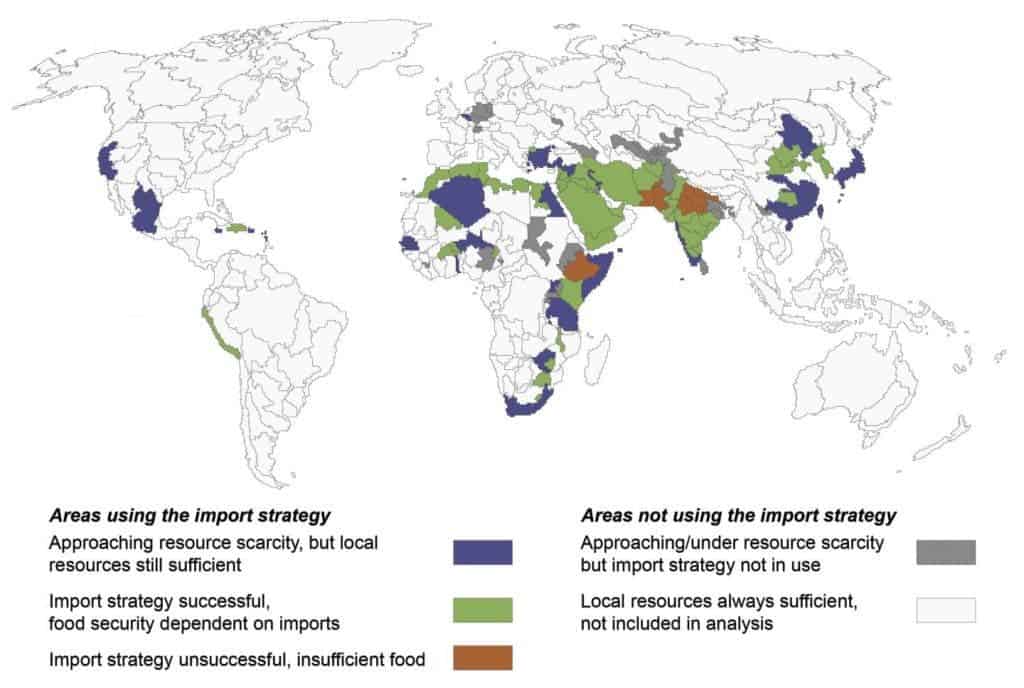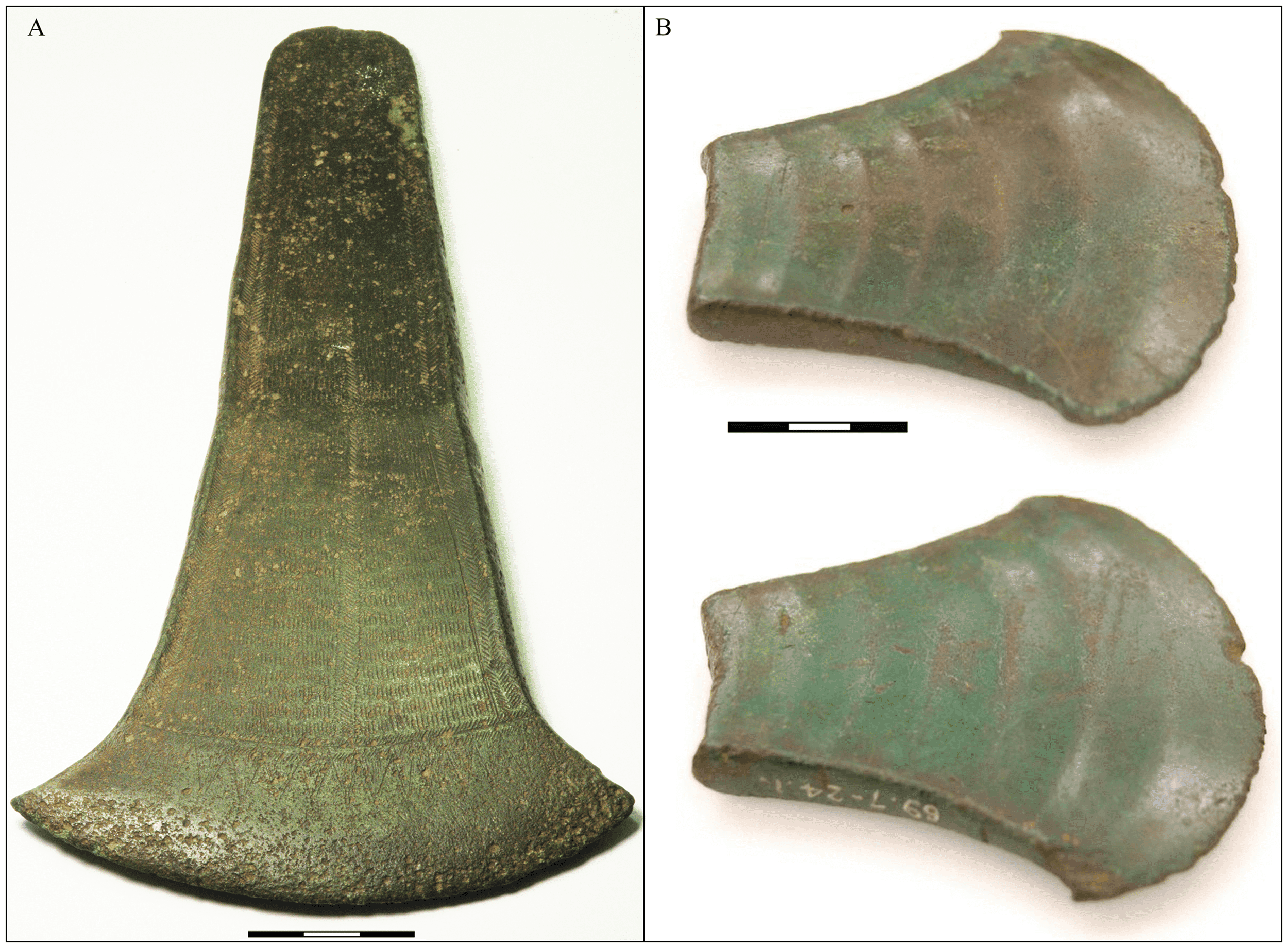Whenever population pressure increases, more food is imported.

During World War II, Britain’s need for imported food was evident. Surrounded by enemy troops, imports basically came to a halt, and Britain suffered greatly. If something similar were to happen today (not due to war, but let’s say due to droughts or freak weather affecting agriculture), results could be equally devastating in many parts of the world.
Nowadays, the variety and availability of food are no longer restricted by the diversity of locally grown food and the time where food was geographically limited has long passed. Like many other things, food too has become a globalized commodity. But how does foreign, imported food interact with the local market?
Researchers from Aalto University in Finland looked at statistics from the Food and Agriculture Organization, also analyzing how technological development influences food production. They found that as soon as local food production became insufficient or was close to the limit, imports started rising — something which makes a lot of sense.
‘Although this has been a topic of global discussion for a long time, previous research has not been able to demonstrate a clear connection between resource scarcity and food imports. We performed a global analysis focusing on regions where water availability restricts production, and examined them from 1961 until 2009, evaluating the extent to which the growing population pressure was met by increasing food imports,’ explains Postdoctoral Researcher Miina Porkka.
Between 1961 and 1999, there was a 400% increase in worldwide food exports and food trade. After that, trade (and especially food trade) became more and more liberalized and imports continued to grow. Surprisingly, it wasn’t only the richer parts of the world that fell back on imports — poorer areas didn’t hesitate to invest in an import strategy. But is this the right approach?
At the first glance, the answer seems to be a resounding ‘yes.’ You don’t have enough food, you get it from somewhere else, simple as that. But food can be price sensitive and price and production shocks can spread widely and undermine food security, especially in poorer countries where people can’t afford price raises, even if they are temporary.
Also, in some cases, imports suck out money which could be used for developing local, sustainable strategies. Especially in sub-Saharan Africa and India, there are opportunities to sustainably improve food production (through irrigations, more and better tractors, more efficient use of nutrients, etc) — but money is funneled elsewhere, something which is pretty worrying.
‘Keeping food demand in check is the key issue. Controlling population growth plays an essential role in this work, but it would also be important to enhance production chains by reducing food waste and meat consumption. Since one quarter of all the food produced in the world is wasted, reducing this would be really significant on a global level.’
Journal Reference: Miina Porkka, Joseph H. A. Guillaume, Stefan Siebert, Sibyll Schaphoff, Matti Kummu — The use of food imports to overcome local limits to growth. DOI: 10.1002/2016EF000477



